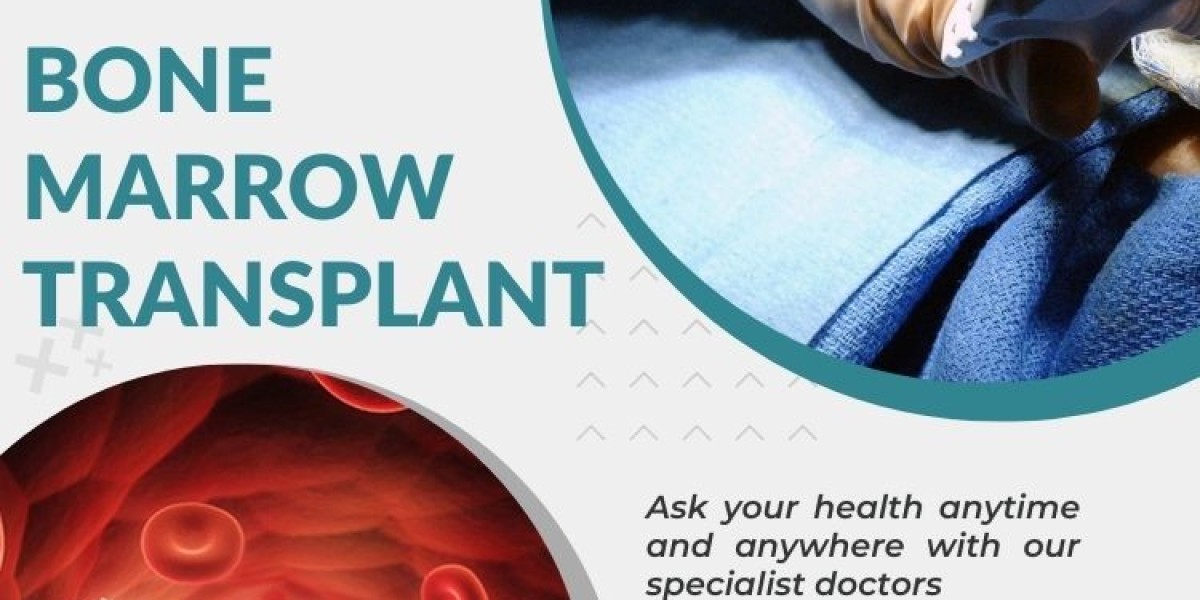Bone marrow transplants, often referred to as stem cell transplants, are a critical and sometimes life-saving treatment for a range of serious medical conditions, including cancers like leukemia and lymphoma, as well as other diseases affecting the blood and immune system. A key component of this complex procedure is the donor bone marrow, the source of healthy blood-forming stem cells that can rebuild a patient's diseased or damaged bone marrow. Understanding how donor bone marrow works in a transplant is crucial to appreciating the power of this therapy.
What is Bone Marrow and Why is it Important?
Bone marrow is the soft, spongy tissue found inside most bones. It's the factory for our blood cells, responsible for producing red blood cells (carry oxygen throughout the body), white blood cells (fight infections), and platelets who help the blood clot.
Within the bone marrow reside hematopoietic stem cells. These are special cells with the unique ability to develop into any type of blood cell. When disease or treatment like chemotherapy damages a patient's bone marrow, it can no longer produce healthy blood cells, leading to life-threatening complications. This is where donor bone marrow, rich in healthy stem cells, comes into play.
The Search for a Matching Donor For BMT:
One of the most critical steps in bone marrow transplant is finding a suitable donor with closely matching human leukocyte antigen (HLA) type. HLA markers, inherited traits crucial for immune system function, help reduce the risk of rejection (graft-versus-host disease or GVHD) and enhance successful engraftment in the recipient's bone marrow.
Ideally, a sibling will be a perfect or near-perfect match. However, only about 30% of patients have a sibling match. For the remaining 70%, the search expands to unrelated donors through national and international registries. These registries contain information about millions of potential donors who have volunteered to donate bone marrow or peripheral blood stem cells. The more diverse the registry, the better the chances of finding a match for patients from all backgrounds.
The Bone Marrow Donation Process:
Once a suitable donor is identified, they undergo further testing to confirm their eligibility and health. There are two primary methods for collecting stem cells from a donor:
- Bone Marrow Harvest: This involves a minor surgical procedure where a small amount of bone marrow is extracted from the hip bones using needles. The procedure is typically done under anesthesia, and donors may experience some discomfort afterward.
- Peripheral Blood Stem Cell (PBSC) Collection: This is a less invasive procedure. The donor is given injections of a growth factor that stimulates the release of stem cells from the bone marrow into the bloodstream. Blood is then drawn, and the stem cells are collected using a machine called a cell separator. The remaining blood is returned to the donor.
The choice between bone marrow harvest and PBSC collection depends on various factors, including the patient's condition and the preference of the transplant team.
The Bone Marrow Transplant Procedure:
The patient undergoing the bone marrow transplant typically receives high doses of chemotherapy and/or radiation therapy to destroy their existing bone marrow and any cancerous cells. This process also suppresses the immune system to prevent rejection of the donor cells. Following this conditioning regimen, the donor bone marrow or stem cells are infused into the patient's bloodstream, much like a blood transfusion.
Engraftment:
After the transplant, the patient is closely monitored for signs of engraftment. This is the crucial process where the donor stem cells begin to settle in the patient's bone marrow and start producing new blood cells. Engraftment usually takes several weeks, and during this time, the patient is at high risk of infection due to their weakened immune system. They are kept in a sterile environment and receive supportive care, including antibiotics and blood transfusions.
Recovery:
The recovery period after a bone marrow transplant can be lengthy and challenging. Patients may experience side effects from the chemotherapy and radiation, as well as complications related to the transplant itself. GVHD is a significant concern, where the donor's immune cells attack the recipient's tissues. This can affect various organs, including the skin, liver, and gastrointestinal tract. Managing GVHD requires careful monitoring and immunosuppressive medications.
The Long-Term Outlook:
A successful bone marrow transplant can offer a chance for long-term remission or even a cure for many life-threatening conditions. However, it's important to understand that the transplant is not a guarantee of a complete cure. Long-term follow-up is essential to monitor for any complications and assess the overall health of the patient.
The Importance of Donation:
Bone marrow and stem cell donation is a selfless act that can save lives. Registering as a potential donor is a simple process that involves providing a blood sample or cheek swab for HLA typing. By joining a registry, you could be the life-saving match for someone in need. The gift of healthy bone marrow is a gift of hope, a chance for a new beginning for patients facing life-threatening illnesses. Consider becoming a hero and registering as a potential donor today.
For more information visit the official site:: https://www.edhacare.com/treatments/organ-transplant/bone-marrow


